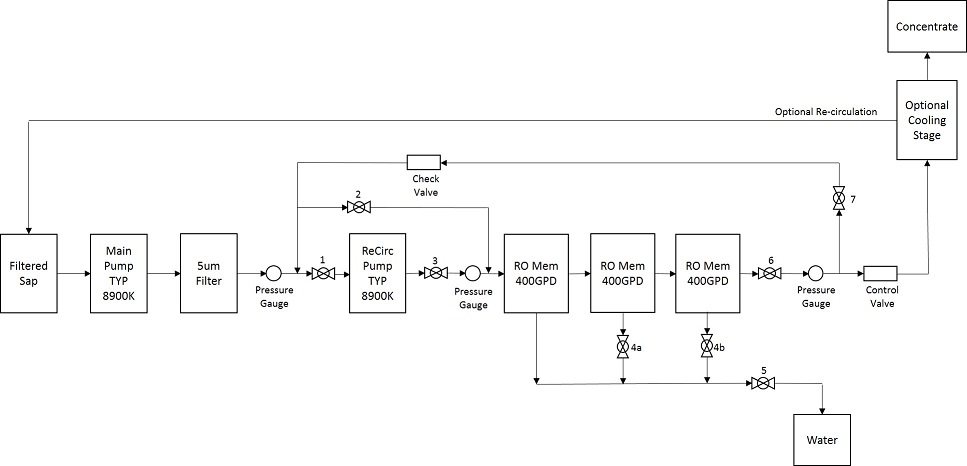I wouldn't belong on this forum if I wasn't already thinking about next year, so I'm thinking about building a small volume RO based on the nano design, but not the small footprint.
I help my neighbor who has a large >500 tap operation, so he takes my sap that's easy to get with buckets. He gives me syrup at the end of the year and I often make maple sugar out of some it, but I always feel guilty knowing all of the work that goes into making the syrup, to then just sloppily process it into sugar. I'm a syrup purist, no RO, wood-fired, no vacuum, but I was thinking, to make sugar, who cares, I doubt I'll be able to tell the taste difference in the sugar, especially since I just use it in cooking. I will be boiling with a turkey fryer, so I will likely RO the heck out of it, and process straight to sugar. For now i'll just start with a mini pipeline of a dozen trees or so, so it's not a lot of sap. I'm also thinking about a similar pipeline for birch syrup.
After all of my research on here and you tube, I've decided to use the basic architecture found in the nano RO. I'm thinking this will give me maximum water removal in an acceptable amount of time, given my small quantity of sap, with potential in increase in the future. I've attached an initial diagram of my plan, and would appreciate any comments or suggestions. Since size isn't an issue [I'll probably mount this to a ~2' x 3' sheet of plywood] I've added a few things. From my research, I have some concerns over the temperature increase in the sap during processing, especially with all of the re-circulation. To prove i'm a newbie, I have at least one dumb question. I'm an electrical engineer, so I know when you drop a voltage across a resistor, it creates heat, so my question is, does forcing the sap through the membranes create heat? Or is the only heat generated in the system from the pumps? The sap going in should be about 40-45F, and I've added a temperature gauge at the end to monitor any increase during processing. I also haven't seen anyone add a cooling stage at the end, so I'm wondering if this would be useful? I'm thinking it would be a 5 gallon bucket filled with ice water and ~10' of 1/4" copper tubing that would circulate the low pressure condensate before re-circulation or processing.
Thanks for all of the help from the many contributors on here and you tube...














 Reply With Quote
Reply With Quote

